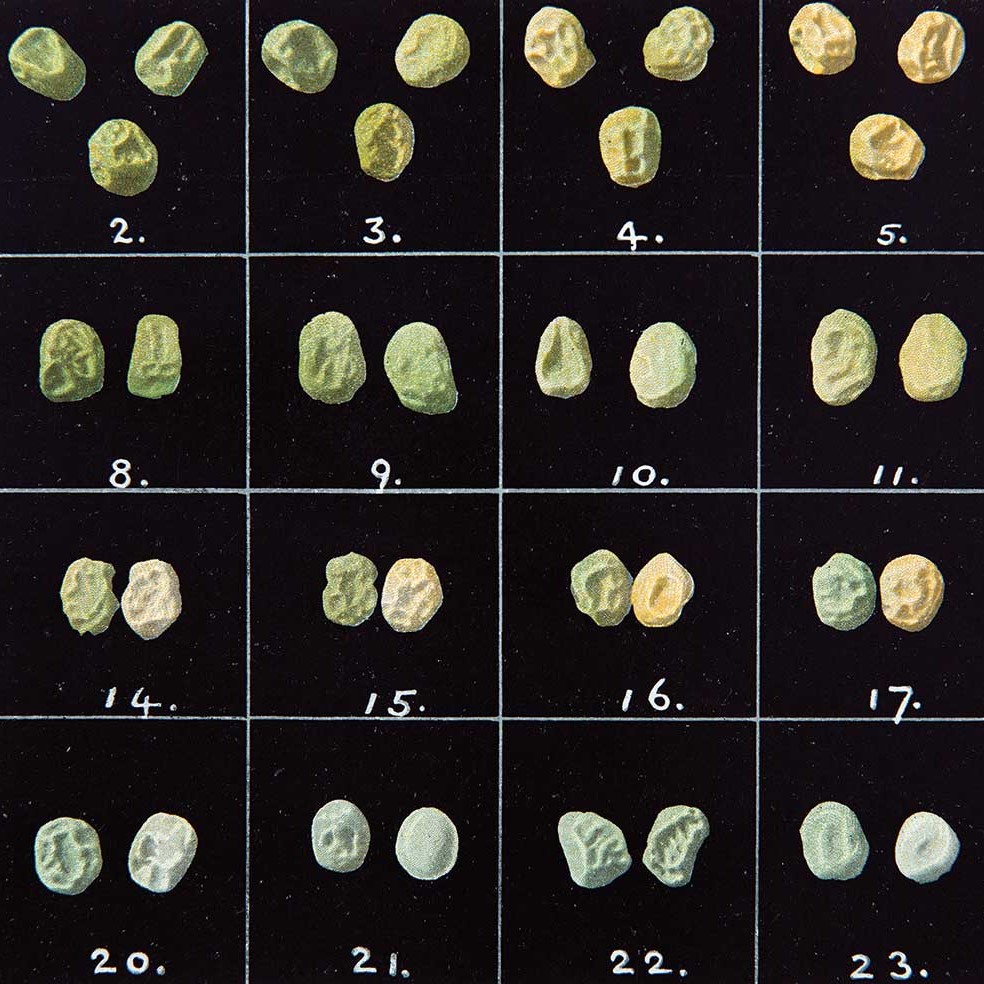Did cultural attitudes towards women in science lead to Japanese researcher Tsuneko Okazaki missing out on a Nobel Prize?
All in 100 Ideas
Powder puffs and plasmids - Esther Lederberg
A tale of two Lederberg: Esther’s work on viruses led to a Nobel for her husband, while she struggled to get tenure.
Mighty Mouse
Mice are arguably the perfect model organism for human biology, putting on their little white furry lab coats to help researchers understand and treat a huge range of human ailments.
Pretty white for a fly guy
Forget your leggy blondes and busty brunettes, muscled hunks and sexy, skinny guys, the undisputed top model in the world of genetics is the tiny fruit fly.
The Onion Test
Why does an onion need five times more ‘junk DNA’ than you do?
Fifty shades of peas
Gregor Mendel discovered the principles of genetics. But it turns out that people are not peas… and even peas are not peas.
What's your Flavr?
Exploring the story of the world’s first commercial GM food crop
Hunting for Huntington's
The year is 1872. A young American doctor, George Huntington, has just started his career, following in the footsteps of his father and grandfather, who were general practitioners in the prosperous Hamptons area of New York. Graduating from Columbia University the year before, at the tender age of 21, George is keen to make an impression on the medical world.
Nobel viruses
It may sound strange, but a chicken virus has won three Nobel prizes. Not bad work for a tiny bag of genes loitering on the edge of life.
Spidergoats!
What’s stronger than steel, tougher than bulletproof Kevlar, can withstand temperatures ranging from 200 Celsius down to minus forty, can stretch up to five times its length without breaking, and is made by squeezing goop out of an arachnid’s backside? The answer is of course spider silk – one of the most remarkable substances produced by a living organism that we know of.










